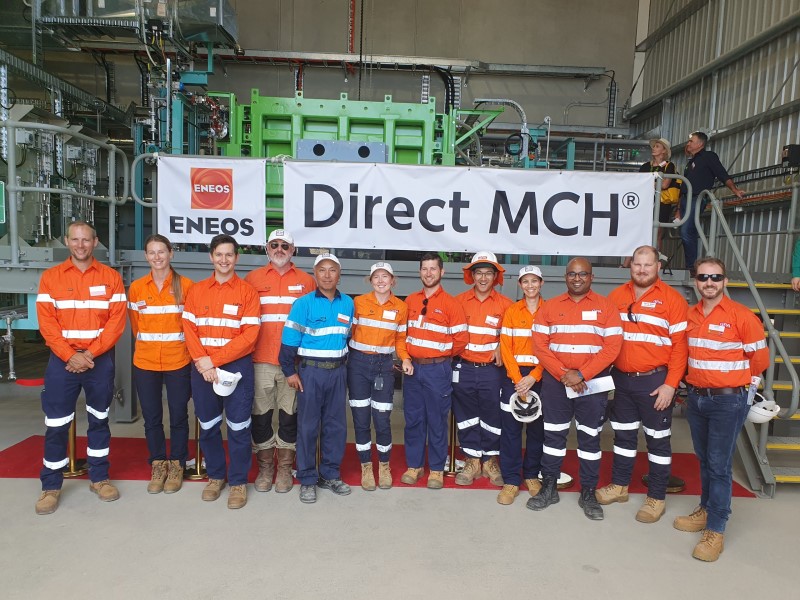Japan’s largest oil company ENEOS will build a $200 million hydrogen export technology demonstration plant in Queensland capable of producing up to 680kg of green hydrogen per day.
Queensland’s new Finance, Trade, Employment and Training minister Ros Bates announced the investment on Tuesday, with the plant expected to be up and running in 2026.
The hydrogen will be embedded in methylcyclohexane (MCH), a hydrogen ‘carrier’ that enables the chemical to be transported in liquid form at room temperature without extra pressure, for export to Japan.

Based on Brisbane’s Bulwer Island, the plant represents a significant boost to ENEOS hydrogen ambitions in Queensland, and comes after the company set up a electrolyser pilot facility in early 2023.
The new project was commissioned by the Japanese government’s New Energy and Industrial Technology Development Organization, with funding support through the Japanese Ministry of Economy, Trade and Industry’s $28 billion Green Innovation Fund.
Construction on the new facility, which will run for two years overall, will begin next year. The aim is to commercialise the MCH production and export technology after 2030, according to ENEOS’ website.
ENEOS is partnered with several other Japanese companies including Chiyoda Corporation, Sumitomo Electric Industries, TOPPAN and AGC. The project will also include support from Brisbane-based engineering firms GR Production Services and GPA.
Ms Bates, who is currently leading a trade mission to Japan and South Korea, said the announcement is a testament to the state’s energy sector.
“ENEOS continues to invest in Queensland because we’re a trusted partner. ENEOS’s increase in local green hydrogen production will create over 100 new specialist jobs for Queensland in a key growth industry,” she said.
The announcement comes almost a year after ENEOS withdrew plans to develop a green hydrogen to MCH export facility at the South Australian government’s Port Bonython Hydrogen Hub.
ENEOS has also completed a feasibility study to develop a MCH project in Gladstone, supported by a $1.25 million federal government grant. However, project partner Origin Energy stepped away before announcing it would exit hydrogen altogether in October 2024.
Do you know more? Contact James Riley via Email.


Exporting methylcyclohexane by sea to Japan, when this is a solvent toxic to aquatic life… what could go wrong?